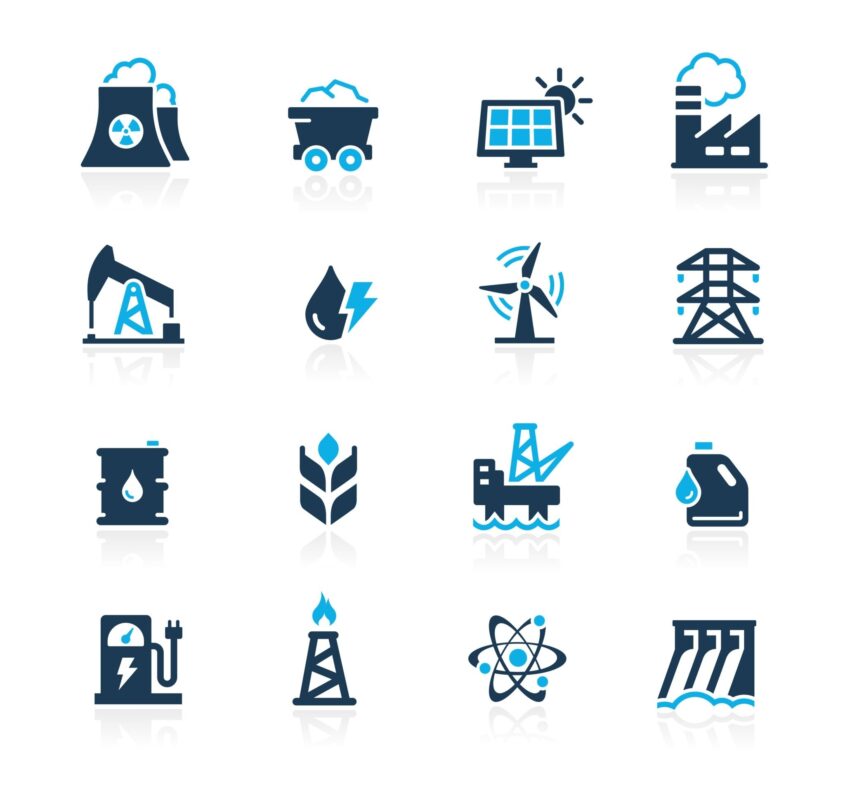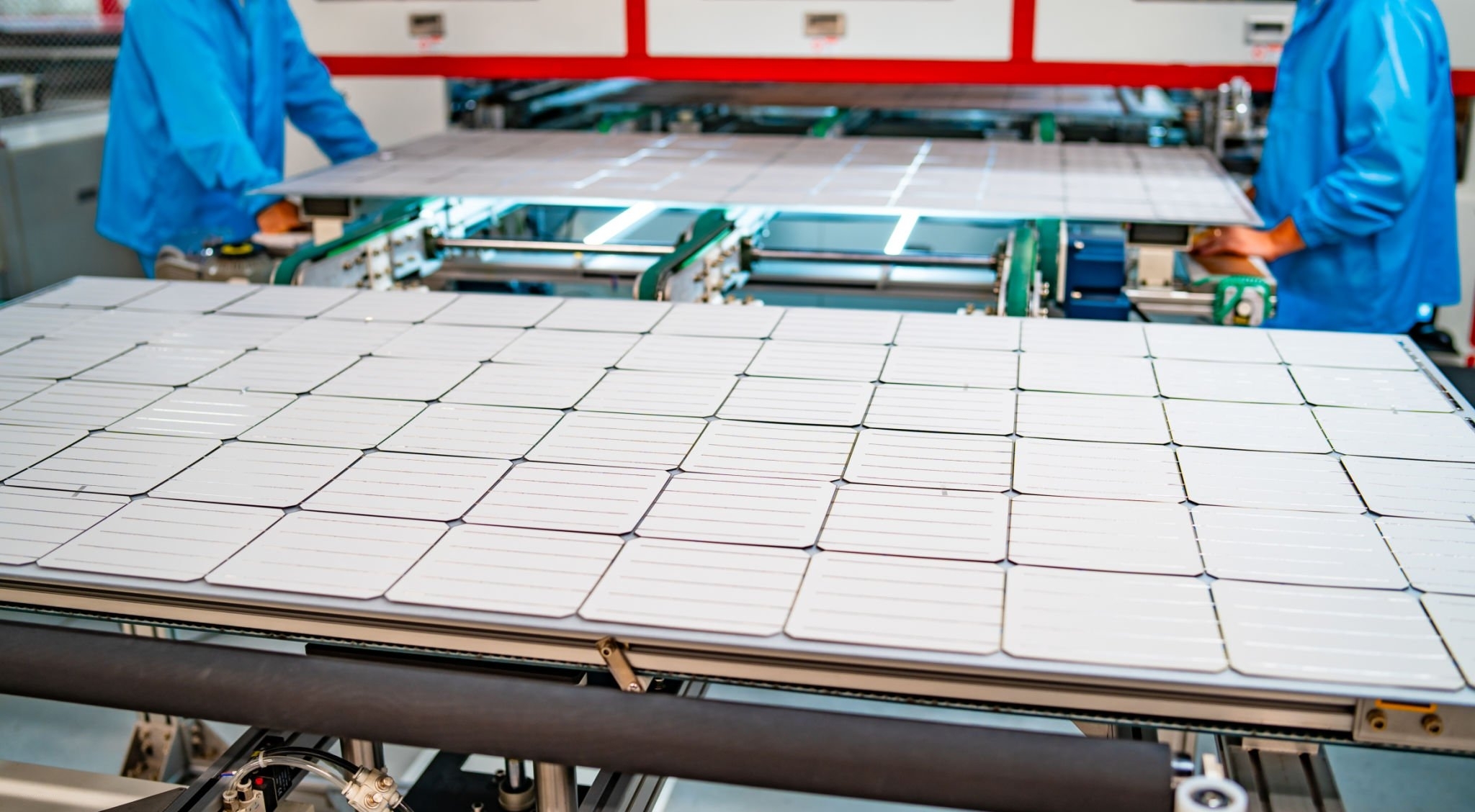The demand for renewable energy sources is increasing worldwide, and solar energy is at the forefront of this movement. However, the limited availability of land in many regions is a significant challenge to the deployment of solar energy systems. This is where floating solar comes in as a sustainable solution for land-scarce regions.
What is Floating Solar?
Floating solar is a type of solar energy system that involves installing photovoltaic (PV) panels on floating platforms on bodies of water, such as reservoirs, lakes, or ponds. These platforms are typically made of high-density polyethylene (HDPE), which is a recyclable and environmentally friendly material. The panels are mounted on the platform and connected to an inverter that converts the DC power produced by the panels into AC power that can be fed into the grid or used directly.
Advantages of Floating Solar
- Efficient Use of Space
One of the primary advantages of floating solar is its efficient use of space. By utilizing bodies of water, which are often underutilized or have limited use, floating solar systems can generate power without taking up valuable land space. This is particularly beneficial for land-scarce regions where traditional ground-mounted solar panels may not be feasible.
- Increased Efficiency
Floating solar panels can be more efficient than traditional ground-mounted solar panels because they are able to cool themselves more effectively. The water underneath the panels helps to dissipate the heat generated by the panels, which can improve their efficiency by up to 10%. This is particularly beneficial in warmer climates where high temperatures can decrease the efficiency of traditional solar panels.
- Reduced Water Evaporation
Floating solar systems can also help to reduce water evaporation in bodies of water, which is particularly important in regions that experience water scarcity. The shade provided by the panels can help to reduce the amount of water that evaporates, which can help to conserve water resources.
- Reduced Algae Growth
Finally, floating solar panels can help to reduce the growth of algae in bodies of water. The shade provided by the panels can help to reduce the amount of sunlight that reaches the water, which can inhibit the growth of algae. This can help to improve the quality of the water and reduce the need for costly treatments to control algae growth.

Challenges of Floating Solar
While floating solar has many advantages, there are also some challenges that need to be addressed. One of the main challenges is the potential for damage from storms or other extreme weather events. Floating solar platforms need to be designed to withstand these events and prevent damage to the panels or other equipment.
Another challenge is the potential impact on wildlife and ecosystems. Floating solar systems need to be designed with environmental considerations in mind to minimize their impact on the surrounding ecosystem.
Finally, the cost of floating solar systems can be higher than traditional ground-mounted systems due to the additional engineering and construction required. However, as technology advances and the demand for renewable energy increases, the cost of floating solar systems is likely to decrease.
Conclusion
Floating solar is a sustainable solution for land-scarce regions that offers many advantages, including efficient use of space, increased efficiency, reduced water evaporation, and reduced algae growth. While there are challenges to overcome, the potential benefits of floating solar make it a promising solution for meeting our growing energy needs while minimizing our impact on the environment. As technology advances and the demand for renewable energy increases, we can expect to see more floating solar systems deployed around the world.



